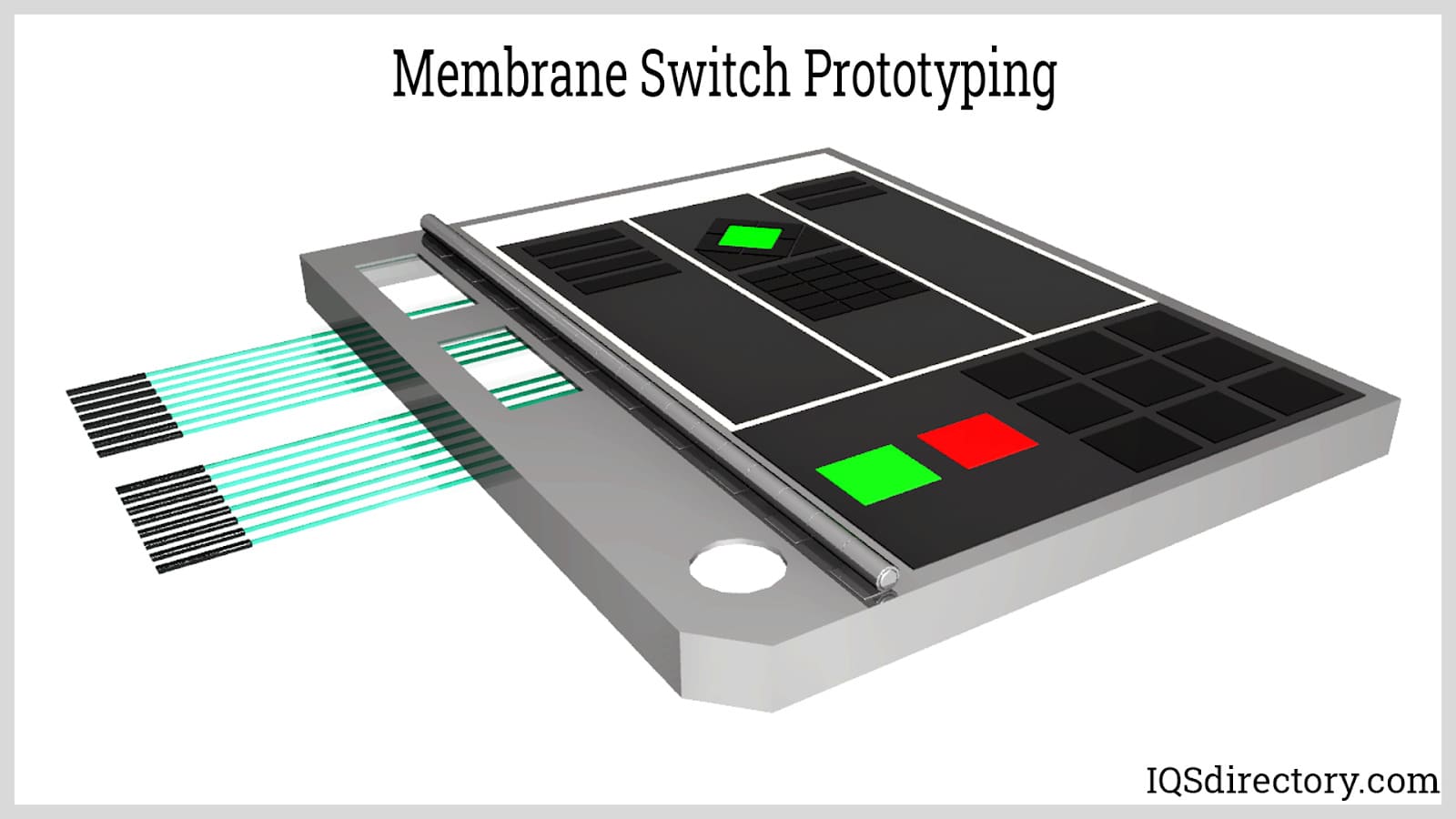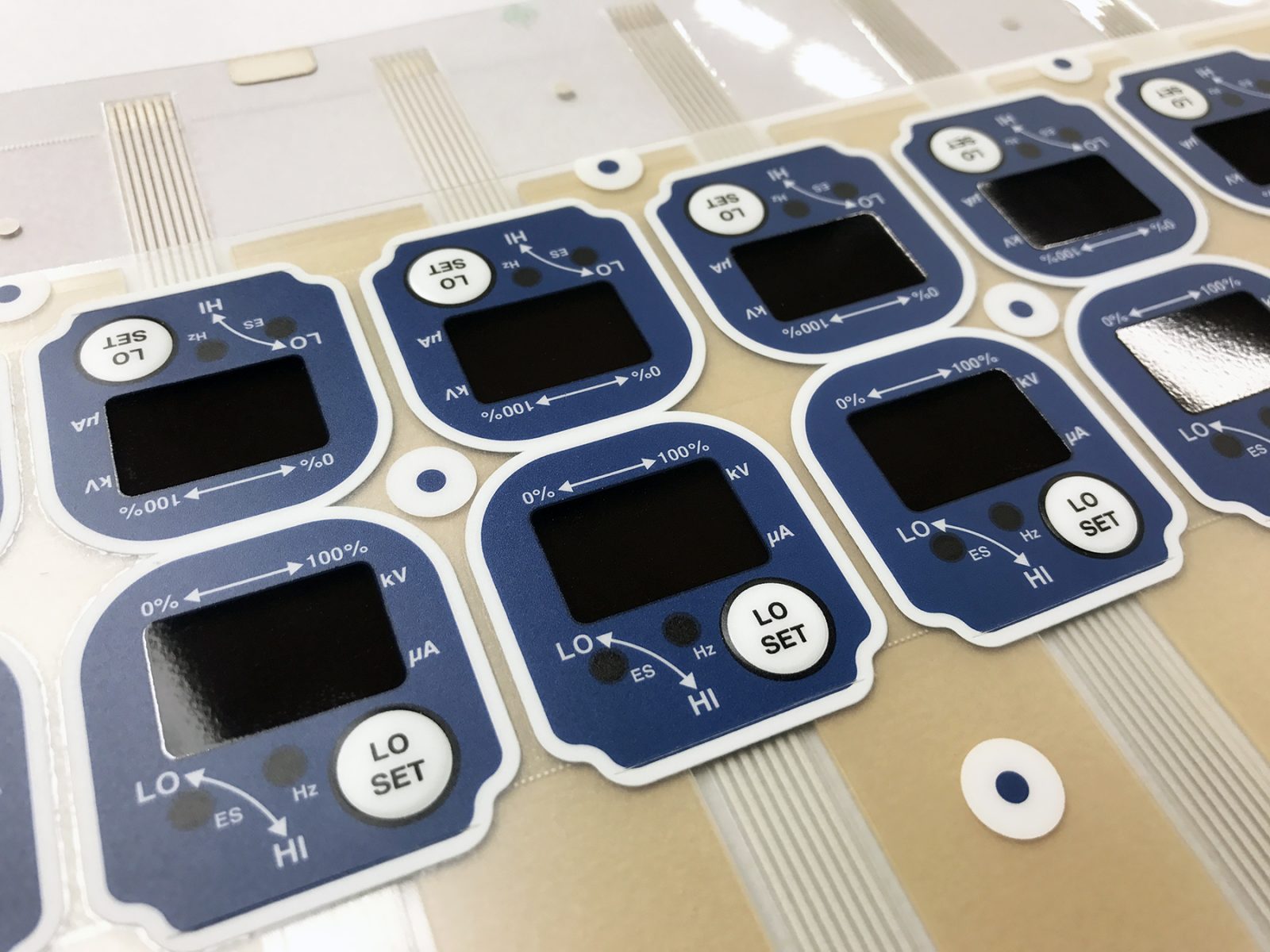Membrane Switches in the Aviation Technology: Important Applications and Benefits
Membrane Switches in the Aviation Technology: Important Applications and Benefits
Blog Article
Membrane Layer Switch Technology: The Trick to Trustworthy and Cost-Effective User Interfaces
Membrane button technology has become a critical element in the layout of interface, offering both reliability and cost-effectiveness across a diverse variety of applications. Its durable building ensures resistance to environmental challenges, while the flexibility in design enables tailored services that fulfill details sector needs. As we explore the multifaceted advantages of membrane switches, their capacity for advancement questions about future applications and progressing trends. What does the following chapter hold for this technology in an increasingly digital landscape?
Understanding Membrane Layer Switch Modern Technology
Membrane button modern technology is a widely utilized interface solution in numerous digital devices, supplying a smooth mix of capability and layout. This technology incorporates several layers of products, usually being composed of a graphic overlay, spacer layer, and a circuit layer. The graphic overlay shows the interface elements, while the spacer layer divides the circuit layer from the overlay up until a customer activates a button.
When pressure is applied to the overlay, the circuit layer finishes the electric circuit, sending a signal to the gadget. This device enables different configurations, consisting of responsive comments and backlighting alternatives, improving user communication. Membrane buttons are generally made using long lasting materials such as polyester or polycarbonate, guaranteeing long life and resistance to environmental factors like wetness and dust.
The convenience of membrane layer switches allows their application in diverse sectors, including medical devices, consumer electronic devices, and commercial controls. Their portable design permits assimilation right into space-constrained atmospheres, giving an efficient individual interface without jeopardizing visual charm. Recognizing the details of membrane button technology is crucial for makers and designers looking for to develop reliable and efficient human-machine user interfaces.
Key Benefits of Membrane Buttons
While different user interface solutions exist, membrane switches over offer distinct advantages that make them a preferred option in various applications. Among the key advantages is their sturdiness; membrane switches are made to endure harsh ecological conditions, consisting of wetness, dust, and temperature fluctuations, ensuring long-lasting efficiency. This durability substantially decreases the need for frequent replacements, thus lowering total upkeep costs.

In addition, membrane layer buttons are light-weight and compact, making them appropriate for applications where area is restricted. Their low-profile style contributes to a sleek look without jeopardizing capability.
Cost-effectiveness is also a remarkable advantage, as the manufacturing process for membrane layer changes has a tendency to be much less costly compared to conventional mechanical switches. This cost, combined with their dependability and convenience of installation, positions membrane layer changes as a functional option for a wide array of sectors seeking effective and best site reliable interface.
Applications Throughout Numerous Industries
Just how do membrane layer switches adapt to the varied demands of various industries? Membrane layer switch technology is progressively acknowledged for its flexibility, making it appropriate for a large variety of applications across multiple fields.
In customer electronics, membrane layer buttons give a small service for push-button controls and home devices, boosting user experience with user-friendly layout. Furthermore, the commercial field leverages membrane layer switches for machinery control panels, taking advantage of their resistance to severe atmospheres, such as dampness and dirt.
Military and aerospace applications also utilize membrane layer switches for their reliability and ability to withstand severe problems, making certain operational performance in crucial situations. Moreover, the food and beverage sector takes on these buttons for automated systems, where hygiene and convenience of procedure are paramount. Ultimately, membrane layer switches are tailored to meet the special demands of each sector, verifying their crucial function in contemporary innovation user interfaces
Design and Personalization Choices

In the realm of membrane layer switch modern technology, style and personalization choices play a critical function in improving functionality and individual communication. These switches can be customized to meet certain operational needs and visual choices, making them versatile parts in various applications.
Among the main modification options is the layout of the switch itself, which can be created to suit distinct user interfaces and ergonomic considerations. By adjusting the shape, size, and plan of buttons, producers can produce intuitive styles that assist in convenience of use. Furthermore, the incorporation of various shades and graphic overlays permits branding and improved visibility, making sure that users can quickly identify functions.
Moreover, membrane layer buttons can be crafted with numerous responsive comments mechanisms, such as raised buttons or distinct clicks, to enhance the customer experience. Different products can also be picked for longevity and ecological resistance, dig this attending to variables such as dampness, temperature fluctuations, and chemical exposure.
Ultimately, the substantial style and customization alternatives offered in membrane switch modern technology empower companies to develop customized remedies that not just meet practical demands but also straighten with their branding and functional requirements.

Future Patterns in Membrane Layer Buttons
As membrane button innovation remains to develop, future patterns are significantly concentrated on improving customer experience and incorporating sophisticated capabilities. One considerable pattern is the integration of touch-sensitive and capacitive innovations right into standard membrane switches. This development enables even more intuitive individual interfaces, providing tactile feedback while maintaining a sleek layout.
Another emerging pattern is making use of ecologically pleasant materials, driven by the expanding need for lasting production practices. Manufacturers are seeking to reduce their carbon impact by making use of recyclable substrates and low-impact inks, lining up with global sustainability goals.
Moreover, the increase of the Net of Points (IoT) is triggering the incorporation of clever functions into membrane switches. Enhanced connection options will make it possible for tools to connect with each other, permitting seamless assimilation right into more comprehensive systems.
In addition, improvements in printing innovations, such as digital printing, are permitting for higher design look at more info flexibility and modification. This enables manufacturers to generate elaborate styles and vivid shades cost-effectively.

Conclusion
In verdict, membrane layer switch technology stands for an important advancement in user interface design, providing significant advantages in sturdiness, modification, and cost-effectiveness. Its widespread applicability across diverse sectors underscores its importance in contemporary innovation. As advancements continue to emerge, especially in touch-sensitive user interfaces and lasting products, the capacity for membrane layer switches over to improve user experience and functionality remains appealing. Continued expedition of this modern technology will likely generate further enhancements and widen its range in future applications.
Report this page